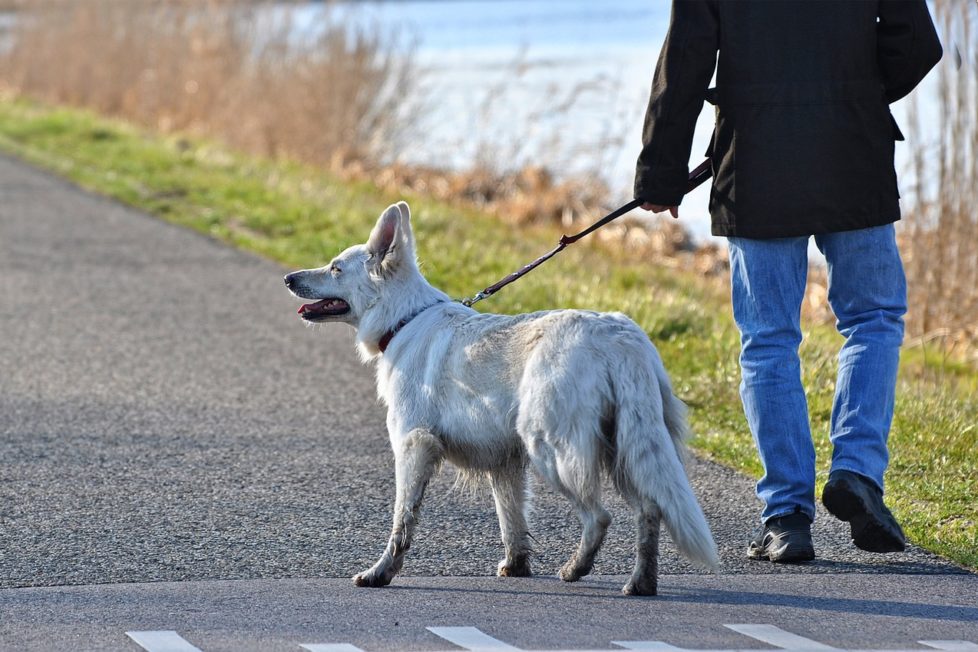How to Prevent Hand Injuries Caused by Dog Leashes


Dog ownership is one of the most common pastimes for Americans, with estimates of the number of households which include at least one pet dog exceeding 60 million.
But while dog walking is a great source of relaxation and exercise for many, what is less known is that hand injuries resulting from the misuse of dog leashes or accidents can be a problem for those unaware of the risks.
Recent data from both the United States and the United Kingdom suggests that such injuries are fairly commonplace. Unfortunately, however, most dog walkers aren’t aware of this data.
As health professionals specializing in the treatment of individuals with conditions affecting the hands, it’s the job of hand therapists to make their patients aware of the risks involved with dog walking and how best to avoid injury.
Research conducted by Consumer Reports indicated that during one year, emergency rooms across the US treated more than 16,000 injuries caused by dog leashes. 20% of those involved injuries to fingers. And Royal Cornwall Hospital in the UK similarly reported approximately 30 hand injuries resulting from dog leashes in a year, suggesting that the problem is not limited to America.
Hand therapists should, whenever possible, make their patients aware of the variety of injuries that can result from the misuse of dog leashes. One common injury of this type that patients should be made aware of results from a dog suddenly moving while the leash is wrapped around the walker’s hand, or from the walker tripping over the leash and falling onto his or her outstretched hand.
A dog lurching suddenly can also cause the walker to fall. Any of these accidents can lead to the dislocation of finger joints or even a fracture of either finger or a wrist.
Alternatively, cuts or burns can be inflicted on the walker when a leash’s cord is retracted too rapidly. And even more seriously, finger amputation can occur if the cord is wrapped around the owner’s finger or hand when the dog lunges with great force.
Another such wound that has been reported is when a leash gets wrapped around the walker’s hand and then “de-gloves” a finger, meaning that the skin and other soft tissues are completely ripped off when the dog jerks suddenly. In more severe cases, surgery may be required to amputate a portion of a degloved finger in order to treat it, requiring skin grafts.
A leash wrapped around an owner’s hand can also lead to cuts and finger dislocations.
There are a number of precautions that hand therapists can relay to their dog walking patients that can help them to prevent such injuries. One that every dog walker should be made aware of is to avoid hooking their fingers under a dog’s collar.
Dog Walkers should know to always pinch the edges of the collar or attachment ring when handling a collar. Otherwise, they’re at risk for finger injuries if the dog moves unexpectedly.
Another is to only use retractable leashes outdoors, when in an open area, as such leashes can easily wrap themselves around surrounding objects and put one at risk of an accident.
Dog walkers should also be reminded that larger dogs should be kept on shorter leashes as this helps to prevent them from jerking with such force that it could inflict serious harm on the walker. Shorter leashes also make it easier to maintain control over a dog.
Leashes that are suitable for a person’s hand size should be always used so it’s not uncomfortable or awkward to handle.
Wearing shoes designed for intense physical activity, such as running shoes, can also help to prevent dog walkers from falling. Dog Walkers should likewise know to remain focused on their surroundings and not allow themselves to become distracted in order to be conscious of and avoid situations that might cause a dog to jerk suddenly.
If possible, a dog should also be well-trained so that he or she does not leap at everything that unexpectedly crosses his or her path.
Most importantly, dog walkers should be instructed never to allow a leash to become wrapped around their hands, wrists, or fingers. This is the most dangerous position to be in. Simply loop the strap around one’s wrist and grasp the lead with a firm but comfortable grip. This will avoid allowing the leash to become entangled around one’s extremities.
If a patient is injured by a dog leash, it may require hand therapy, a cast or orthosis, or even surgery to recover from it. Patients should always be instructed to consult with a hand surgeon in order to determine what the best treatment for such a wound should be.
The elderly are particularly at risk for injuries from falls, so an older person who is injured should be given special treatment.
